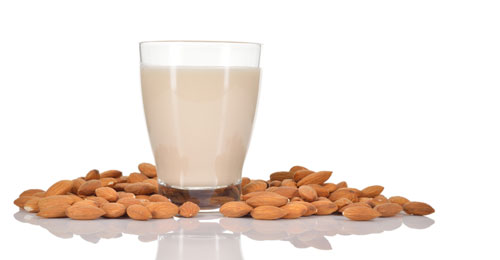
by Amanda Smith, Associate Editor
Milk is no longer milk . . . at least according to some marketers. A journey through any grocery store's dairy case makes this clear as milk alternatives, soy, almond and others, receive a prominent placing along with the traditional dairy beverage. This demand is largely driven by the health conscious, honing in on labels that promote health and wellness.
Alternatives to milk control just 8 percent of overall milk sales in the U.S., noted a recent Washington Post article. Yet, according to Mintel, Inc., a Chicago-based research firm, for the past few years, these products have represented the fastest growing sector of the dairy market. Sales of milk substitutes are up 30 percent since 2011, raking in almost $2 billion in 2013. In large part, this is driven by the popularity of almond milk.
In that same time period, the entire milk category grew by just 1.8 percent to $24.5 billion. According to Mintel, nondairy milk's growth is expected to continue eclipsing dairy at least through 2018. Some 52 new milk substitute products have been rolled out so far in 2014, added the Washington Post.
The dairy industry, though, is starting to jump on the "health halo" bandwagon these alternatives have long leaned on, namely its protein content. In February, dairy dropped "Got Milk?" in favor of a $50 million Milk Life campaign to do just that.








